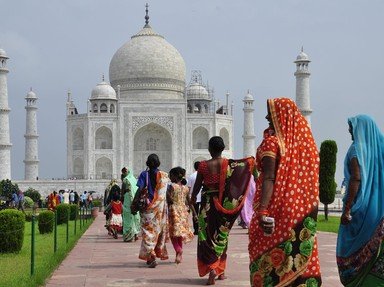Quiz Answer Key and Fun Facts
1. Indian languages largely fall within one of two main branches - Indo-Aryan and Dravidian. Which one does Konkani fall under?
2. The Konkani language is spoken mainly along the Konkan Coast of India. Along which body of water does the Konkan Coast lie?
3. Does the Konkani language have its own specific script?
4. Which Indian state has designated Konkani as its official language?
5. Konkani as a language was sidelined after Goa was annexed by the Portuguese and other regional languages dominated the rest of the coast. Which of these was a Konkani writer who undertook a revival of the language in the early 20th century?
6. The first known book to be printed in the Konkani language was written by a Jesuit priest.
7. The Konkani language still carries the influence of the Portuguese, especially in many terms used by Konkani speaking Christians. Based on this, can you guess what the word 'padri' means?
8. Many of the food related terms used in Konkani are also loaned from Portuguese. Which of these is *not* of Portuguese origin?
9. The Portuguese were not the only foreigners to influence the language. Trade, and later inter-marriages with Arabs, led to some Arabic and Persian words also finding their way into Konkani. What does the Konkani word "dusman" mean?
10. The Goan 'tiatr' is what form of entertainment?
Source: Author
zorba_scank
This quiz was reviewed by FunTrivia editor
stedman before going online.
Any errors found in FunTrivia content are routinely corrected through our feedback system.

